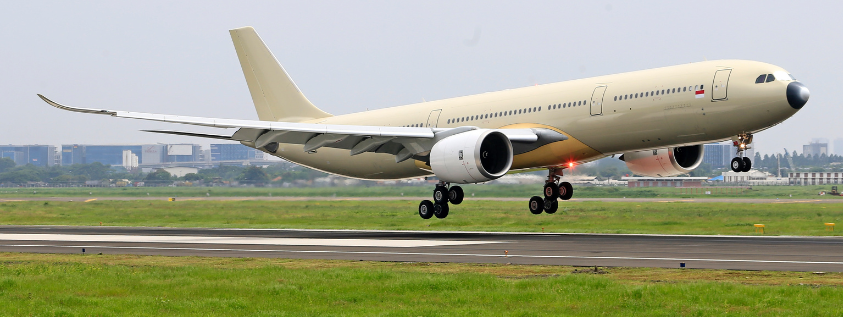In aviation, the take-off maneuver is one of the essential phases of flight. It consists of the aircraft leaving the support surface (land, water, aircraft carrier, …). The purpose of the maneuver is to achieve the aerodynamic effect known as lift, which will allow the aircraft to fly.
Basic considerations for take-off maneuvers
There are several take-off maneuvers that will depend on the different circumstances in which the action is performed. Even so, there are several basic considerations for all of them.
Ascents should be made facing into the wind, except in exceptional situations, for several reasons. First, performing the take-off maneuver facing into the wind allows for a shorter take-off run. Secondly, it allows better steering control, especially at the beginning of the take-off run. Another advantage is that it minimizes the drift effect, as there is no additional wind stress on the nose wheel.
During take-off, it is also important not to open the throttle instantly. Opening the throttle too quickly can cause engine failure. It is best to keep your hand on the throttle lever during take-off in case, for some reason, the maneuver must be aborted.
Another basic consideration for the take-off maneuver is to keep the aircraft on the runway axis. In the event of a sudden gust of wind, the aircraft may move sideways. In case such a phenomenon occurs, being centered will prevent the gust from blowing you off the runway.
Once the aircraft takes off, the take-off direction should be maintained. This will make it easier for the tower, and other traffic, to locate the aircraft’s position easily.
Take-off types
There are different types of take-off maneuvers that pilots can use, depending on several factors such as aircraft type, runway length, weather conditions and payload. Some of the most common take-off types are described below:
- Conventional take-off: This is the most common type of take-off, in which the aircraft moves down the runway until it reaches the necessary speed to take off. During this process, the pilot keeps the aircraft aligned in the center of the runway and adjusts engine power to maintain the proper speed. Once the take-off speed is reached, the pilot lifts the nose of the aircraft to raise the angle of attack to generate lift.
- Short take-off: This type of take-off is used when the runway is short or when the aircraft needs to take off with a heavy load. In this case, the pilot uses a combination of maximum engine power and a high angle of attack to achieve take-off. The aircraft takes off in a shorter distance than in conventional take-off, which allows take-off from shorter runways or runways with limitations.
- Vertical take-off (VTOL): This type of take-off is used on aircraft specifically designed to take off and land vertically, such as the Harrier. The aircraft uses steerable nozzles to direct the force of the jet engines downward to generate lift. Once the aircraft is airborne, the pilot directs the nozzles backward to gain speed and altitude.
- Short take-off and vertical landing (STOVL): This type of take-off is used in aircraft such as the F-35B, which can take off and land vertically but can also land on conventional runways. In this case, the aircraft uses steerable nozzles and elevators on the fuselage to generate lift and allow take-off in a short distance.
- Catapult take-off: This type of take-off is used on military aircraft carriers to allow aircraft to take off with additional weight. The aircraft is placed on a catapult that accelerates it to the speed required for take-off. This type of take-off allows aircraft to take off over short distances and with a heavy payload.
In summary, there are different types of take-offs that pilots can use, depending on the characteristics of the aircraft, the length of the runway and the weather conditions. Each type of take-off has its advantages and disadvantages, and it is important for pilots to be familiar with them to ensure a safe and efficient take-off.
